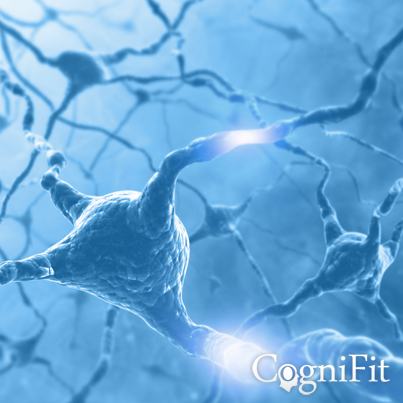

Sustained Attention
Cognitive Ability - Neuropsychology
Get access to a complete battery of cognitive tests to evaluate attention
Identify and assess the presence of alterations or deficits
Stimulate and improve your sustained attention and other cognitive functions
Sustained attention is the ability to focus on an activity or stimulus over a long period of time.. It is what makes it possible to concentrate on an activity for as long as it takes to finish, even if there are other distracting stimuli present. Sustained attention is usually divided into vigilance (detecting the appearance of a stimulus) and concentration (focusing on the stimulus or activity). This important cognitive skill helps us efficiently and successfully carry out tasks and activities in our daily lives, especially those that take a long time to complete.
Types of attention
Evaluating attention
Properly function attention, especially in the case of the most basic sub-components, is necessary for the proper functioning and measurement of the rest of our cognitive abilities, which is why it's important to assess attentional processes. CogniFit's tests to assess attention (specifically focused attention and divided attention), are based on the classic Continuous Performance Test (CPT) and the Stroop Test. Aside from attention, they also measure inhibition, shifting, and hand-eye coordination.
- Speed Test REST-HECOOR: A blue square will appear on the screen. The user must click as quickly and as many times as possible in the middle of the square. The more times the user clicks, the higher the score.
- Inattention Test FOCU-SHIF: A light will appear in each corner on the screen. The user will have to click on the yellow lights as quickly as possible and avoid clicking on red lights.
- Simultaneity Test DIAT-SHIF: The user has to follow the randomly moving ball as carefully as possible while paying attention to the words that appear in the middle of the screen. When the word in the middle of the screen corresponds to the color in which it is written, the user must give a response. This activity requires that the user adapt to changes, creates appropriate responses, and is able to use mental shifting and visual abilities at the same time.
Examples of sustained attention
- Air traffic controllers are notorious for their necessary sustained attention skills, as their job is to pay close attention to monotonous activities for long periods of time. If an air traffic controller has poor sustained attention, there is a potential for life-threatening consequences. However, most jobs require at least the most basic sustained attention, any many require it to be highly developed.
- Students at school have to pay attention when they're in class and when they're studying at home. Poor sustained attention could result in poor academic performance.
- Driving for any amount of time requires sustained attention, as you have to constantly keep your eye on the road and watch for potential accidents. Fatigue or distractions on the road could have fatal consequences, which is one of the reasons why this skill is important for driving.
- Many of the tasks that we come across in our daily lives require some level of sustained attention, whether it be watching a movie, making food, or taking a shower. In fact, you're using your sustained attention now as you read this text.
Problems and disorders related to poor sustained attention
It's not uncommon to occasionally let your attention wander when you spend a long time working on a task or project, and it doesn't mean that you have any attentional problem. In fact, if a real problem with sustained attention were present, it would be impossible to complete the majority tasks that you come across in your daily life. Poor sustained attention is usually accompanied by fatigue and an inefficiency when completing daily activities.
Sustained attention is usually present to some degree in a number of disorders. This may be caused by sustained attention itself, or by problems with one (or multiple) attention sub-processes that it depends on. Altered sustained attention can impede our ability to focus on a stimulus, making us susceptible to distractions. Attention Deficit Hyper Active Disorder or Attention Deficit Disorder (ADHD or ADD) may be one of the most well-known disorders whose main difficulty is sustained attention. Attentional disorders are also present in dyslexia, schizophrenia, Alzheimer's Disease, or dementias in general. It's quite common to see poor sustained attention in people who have suffered brain damage, whether from a stroke or from chronic traumatic encephalopathy (CTE).


